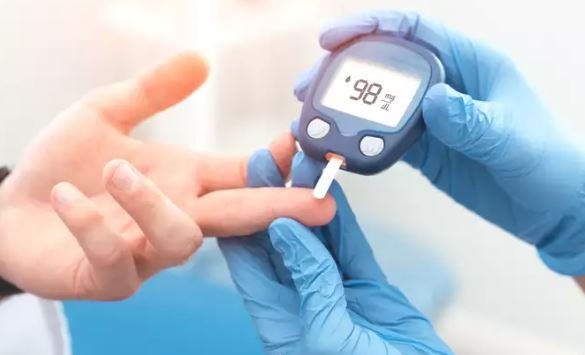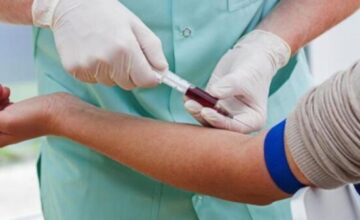
Diabetes is a lifestyle disease that requires lifetime management.
As per the Center for Disease Control and Prevention (CDC), if you are prediabetic, some lifestyle changes can help you delay type 2 diabetes.
But apart from an unhealthy lifestyle, there are many other external factors that can increase your risk of the disease. One such factor is your blood type.
People with non-O blood type are at higher risk of diabetes
As per a 2014 study published in Diabetologia, the journal of the European Association people with non-O blood type are higher at risk of developing type 2 diabetes as compared to people with O blood type.
The study
For the study, 80,000 women were observed to determine the relationship between blood type and the risk of type 2 diabetes. Among these, 3553 people were diagnosed with type 2 diabetes and the ones with non-O type blood were at higher risk.
People with B type blood are at the highest risk
As per the study, women with blood type A were 10 per cent more likely to develop type 2 diabetes when compared to women with blood type O. However, women with B blood type were 21 per cent more likely to develop diabetes than women with O blood type.
While comparing every combination with O negative blood type, which is also a universal donor, women with B positive blood type had the highest risk of developing type 2 diabetes.
Why are people with B blood type at the highest risk?
As per researchers, the association between diabetes risk and blood type is still unknown, but there are a few possible explanations. As per the study, a protein in the blood called non-Willebrand factor is higher in people with non O blood type and it has been associated with elevated blood sugar levels.
The researchers also said that these blood types are also associated with various molecules known to be connected with type 2 diabetes.




